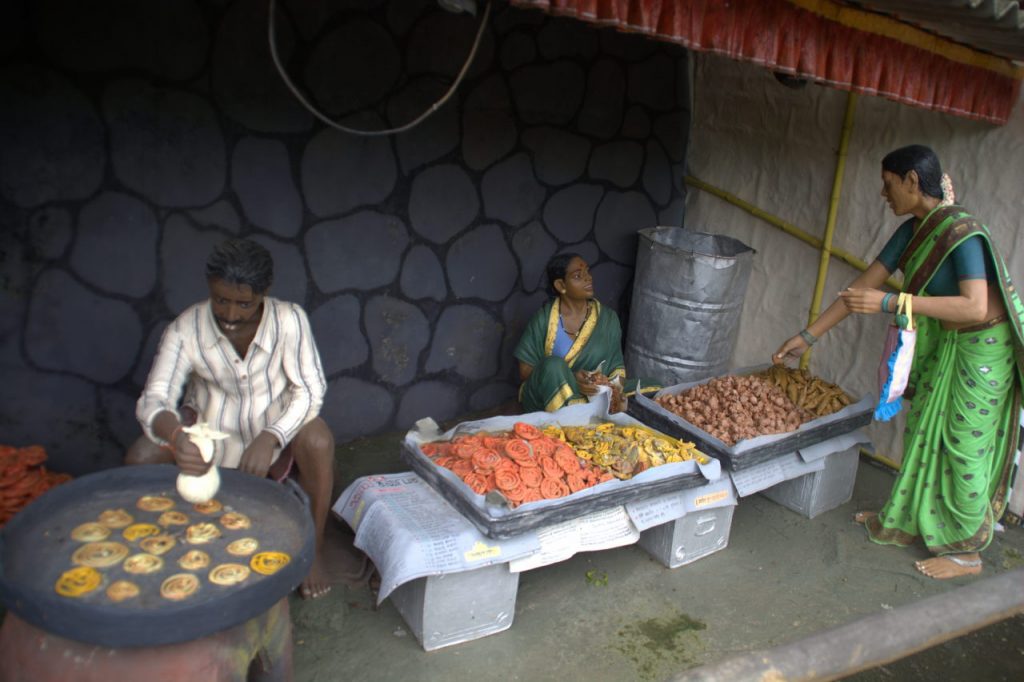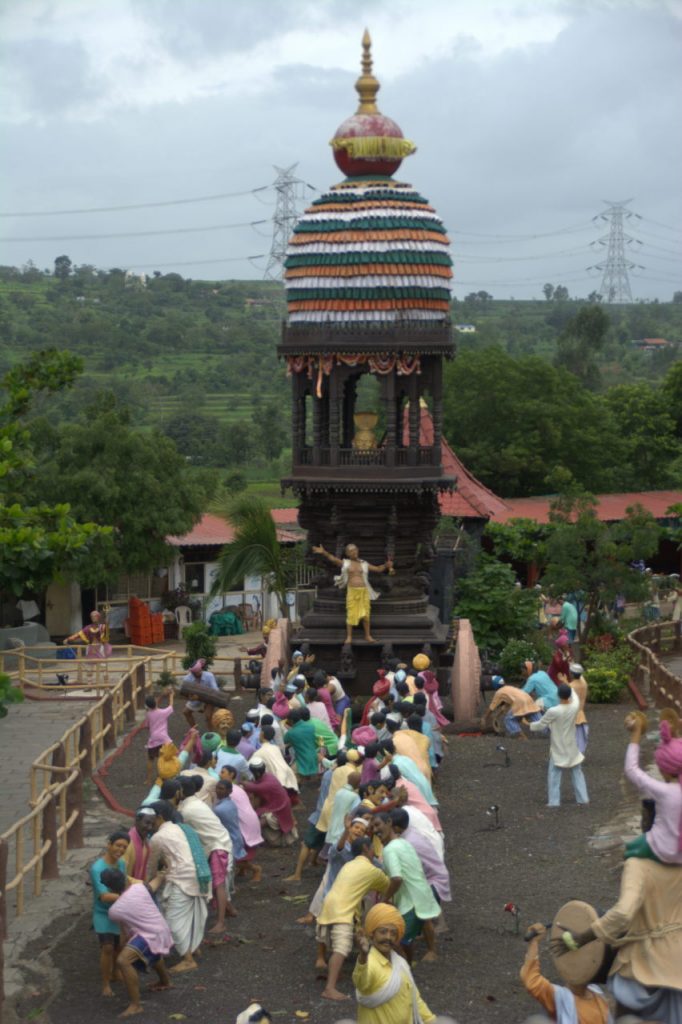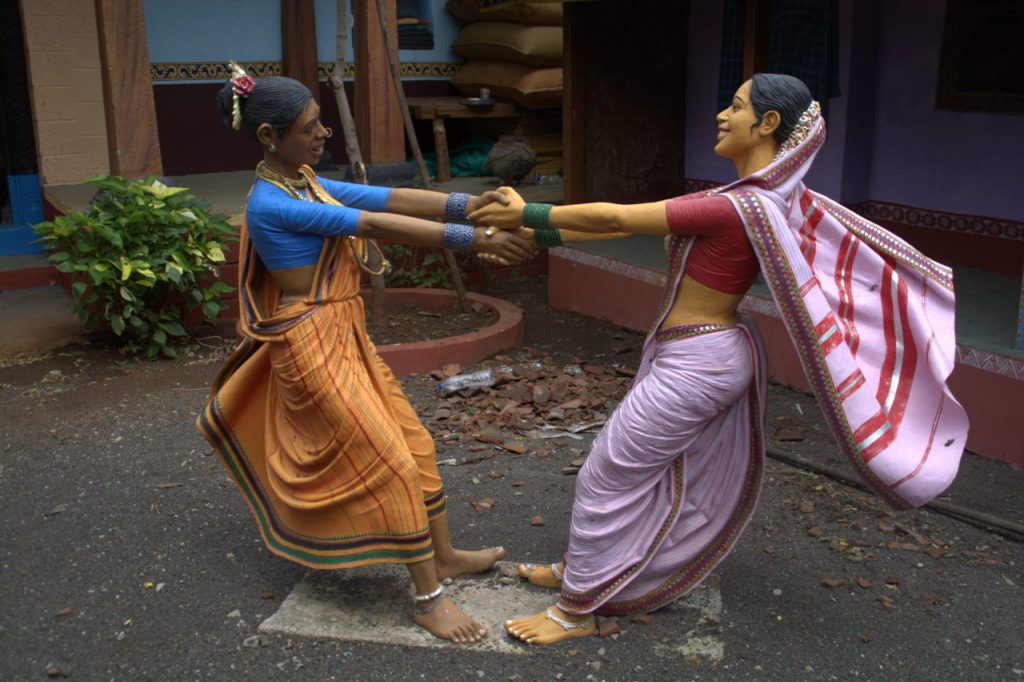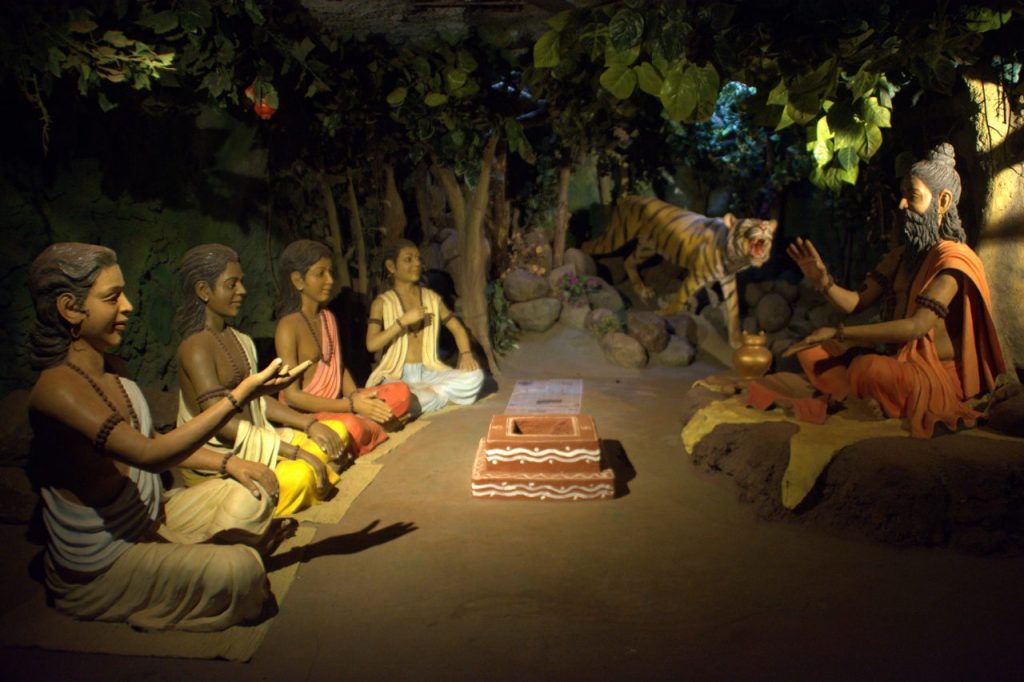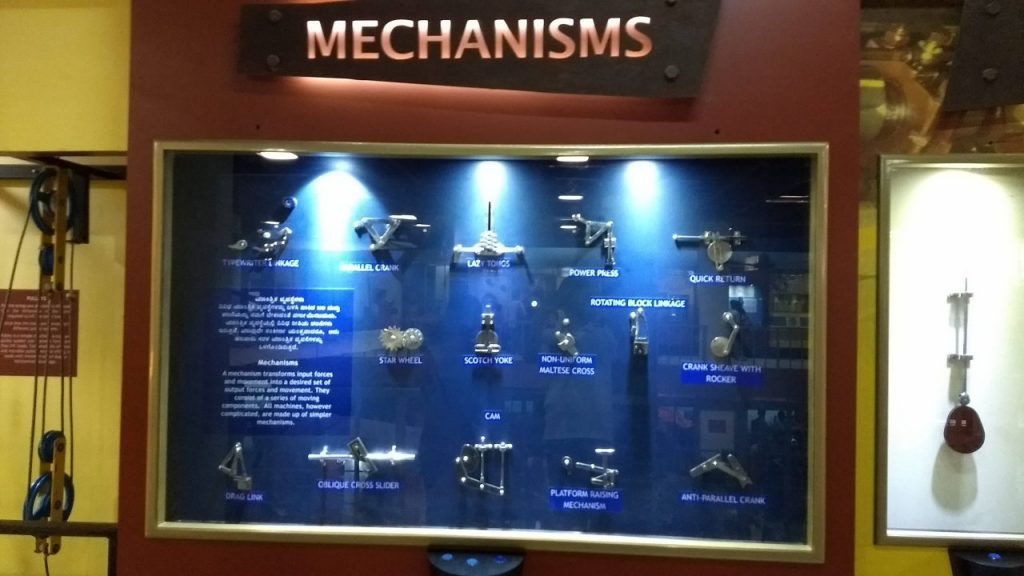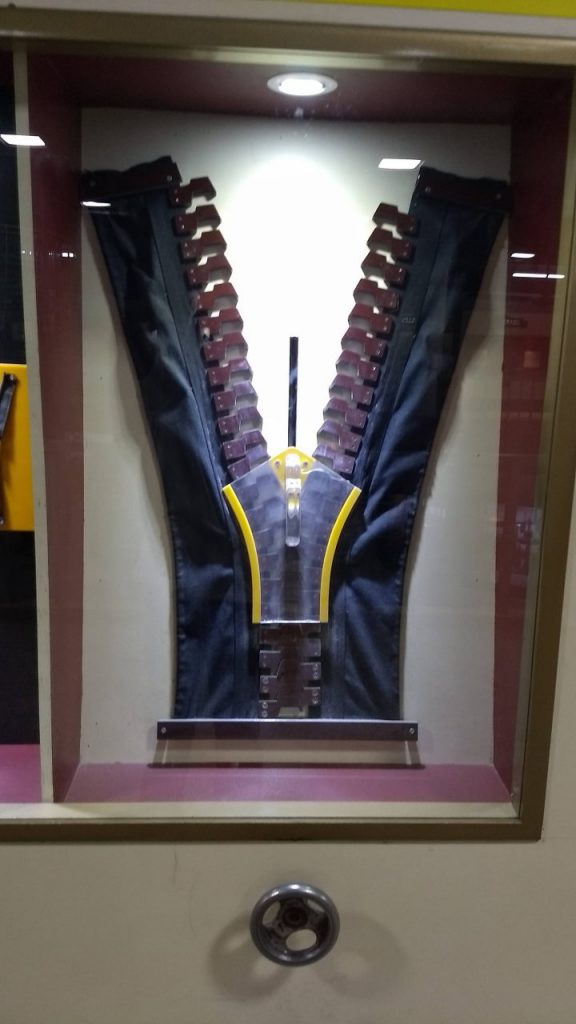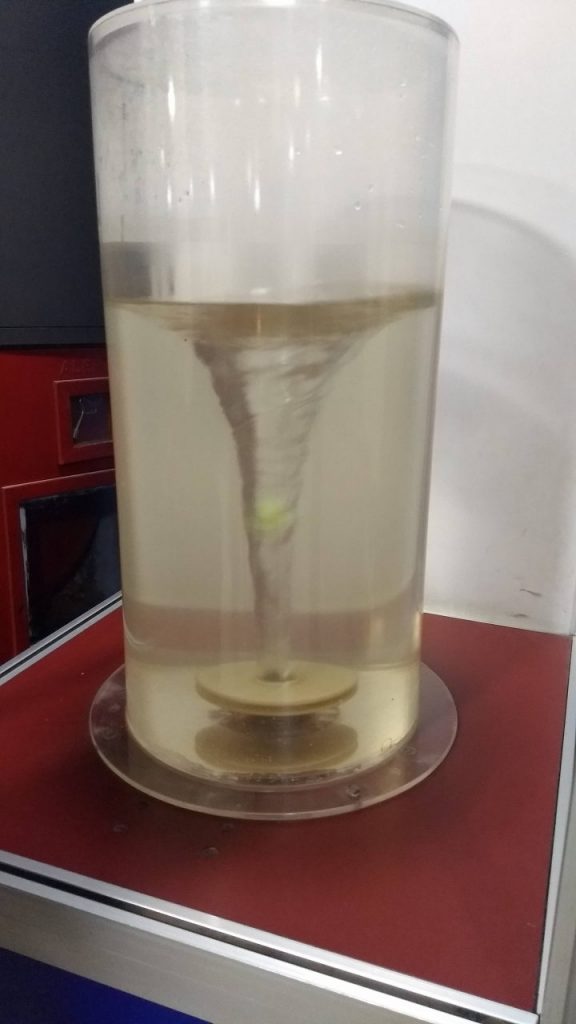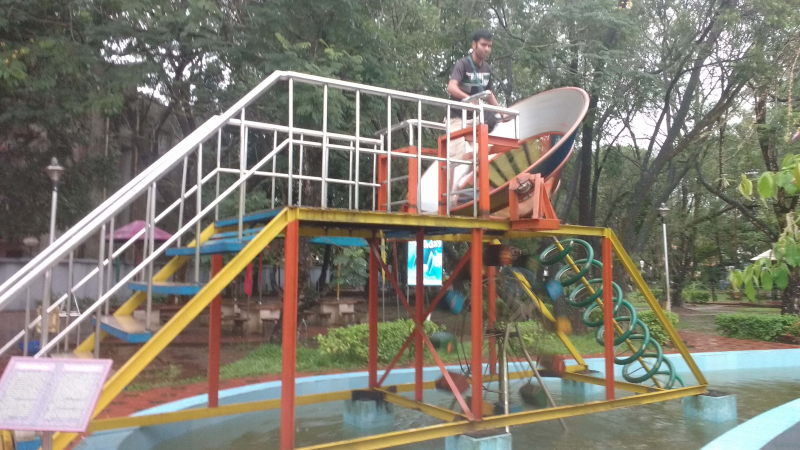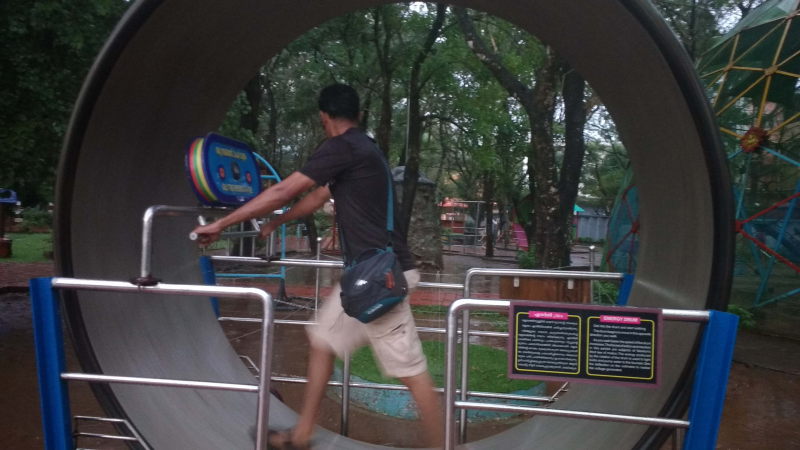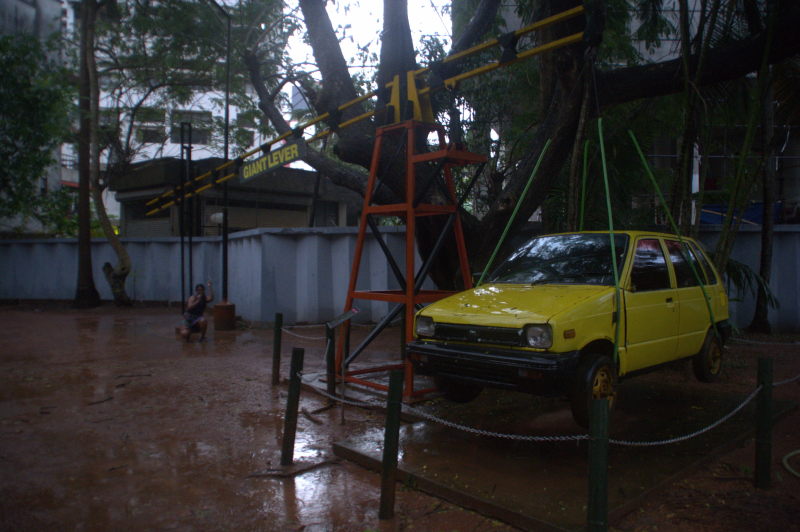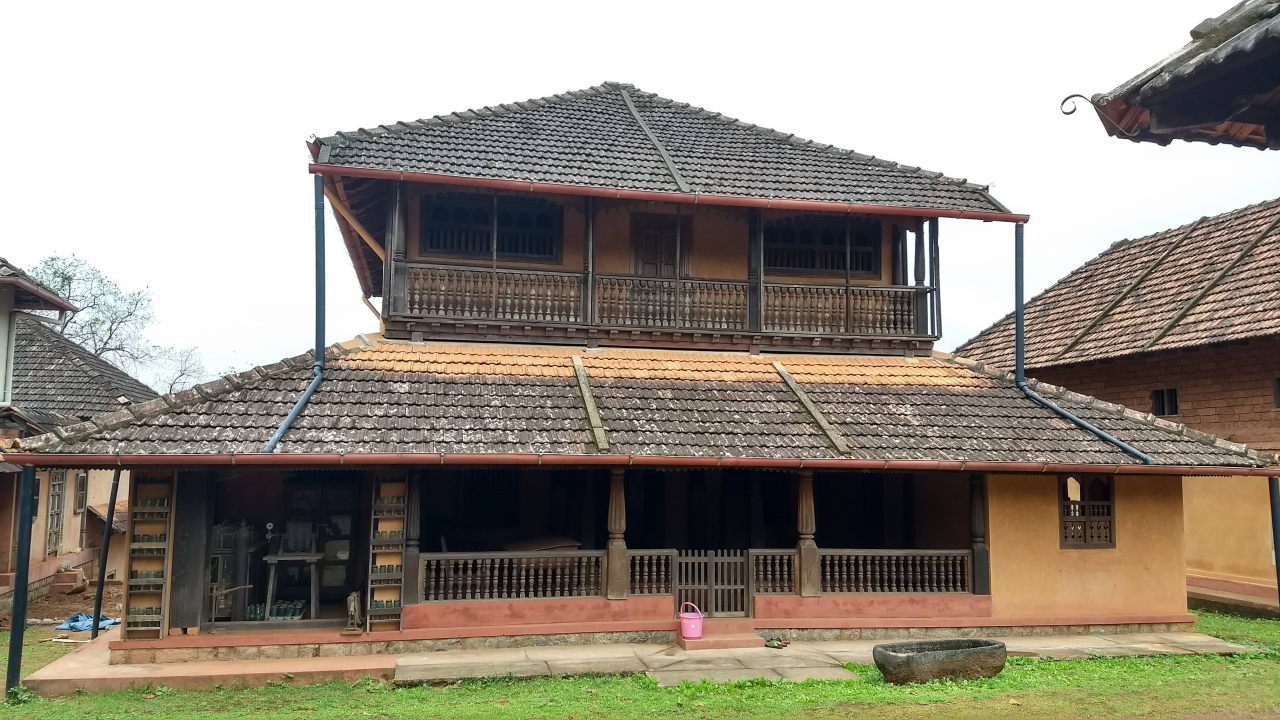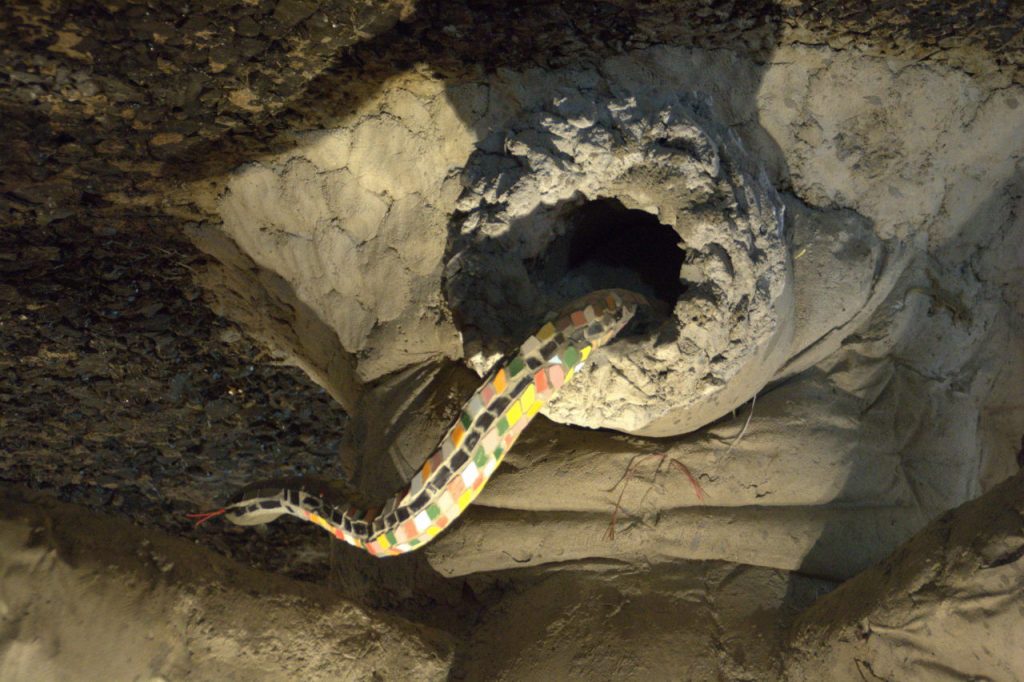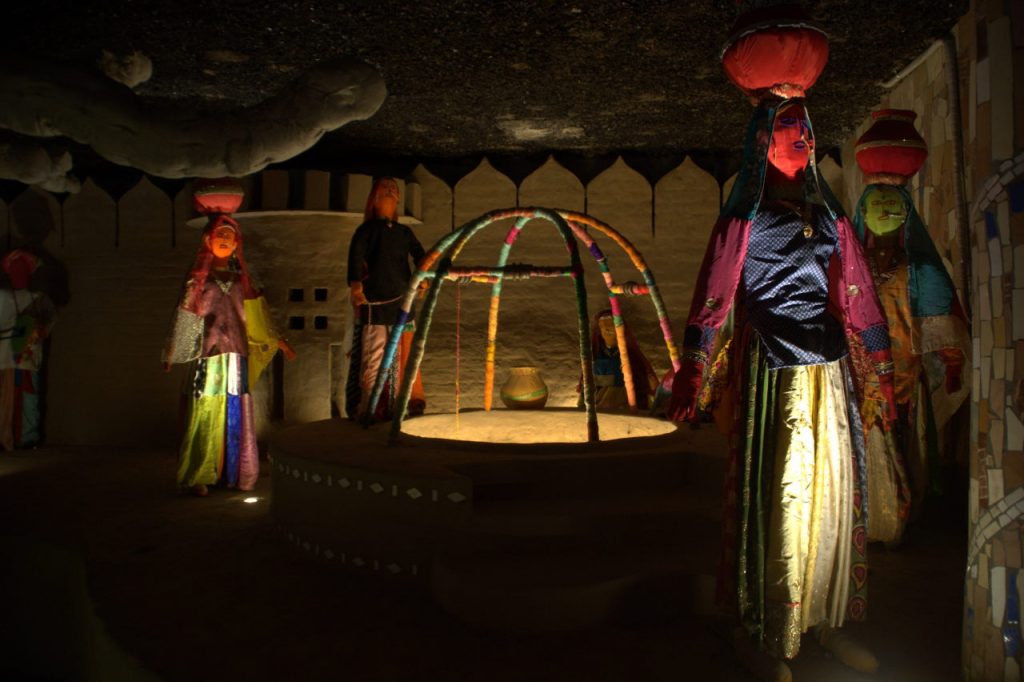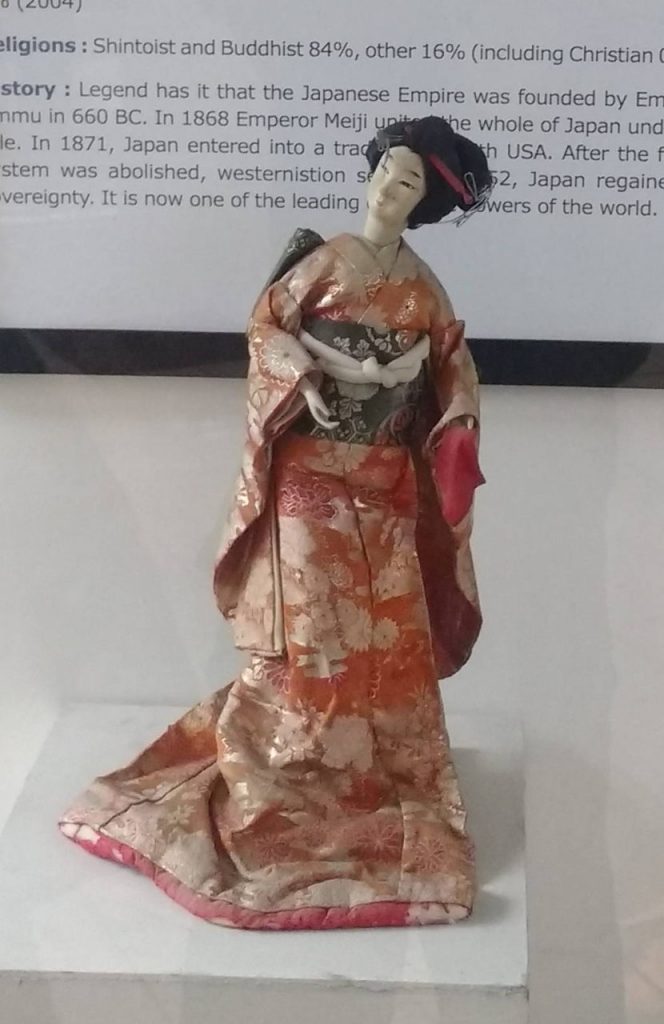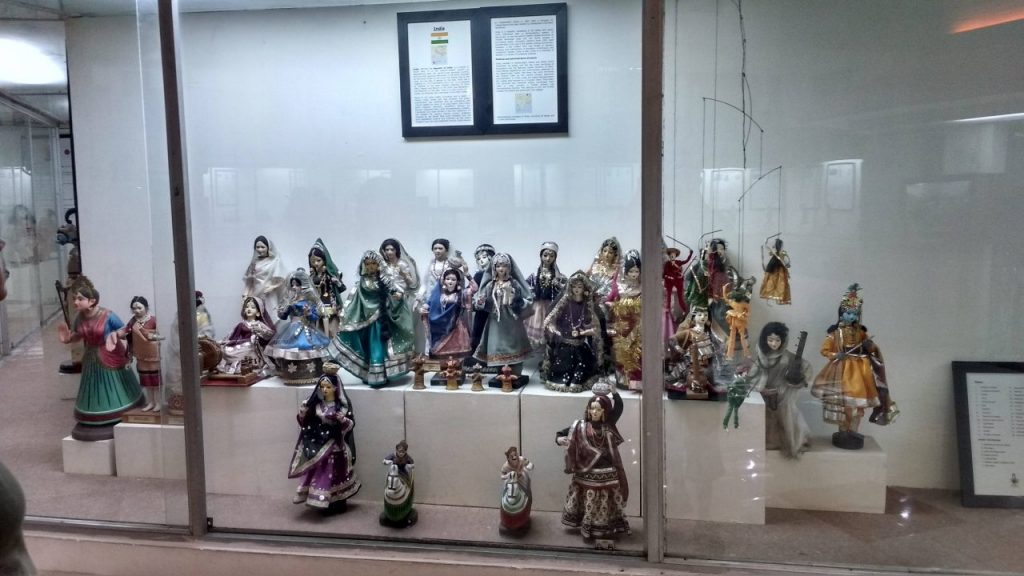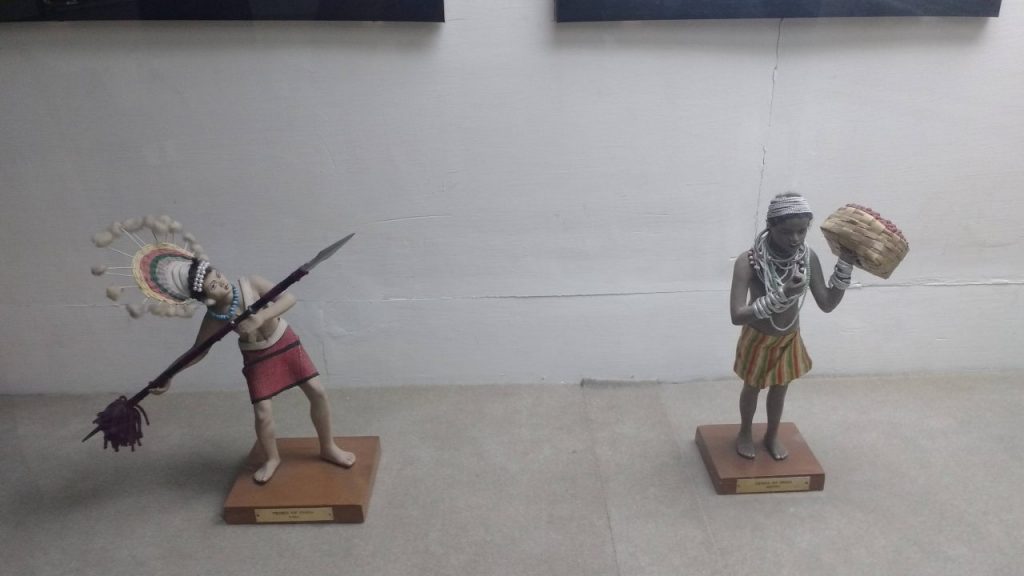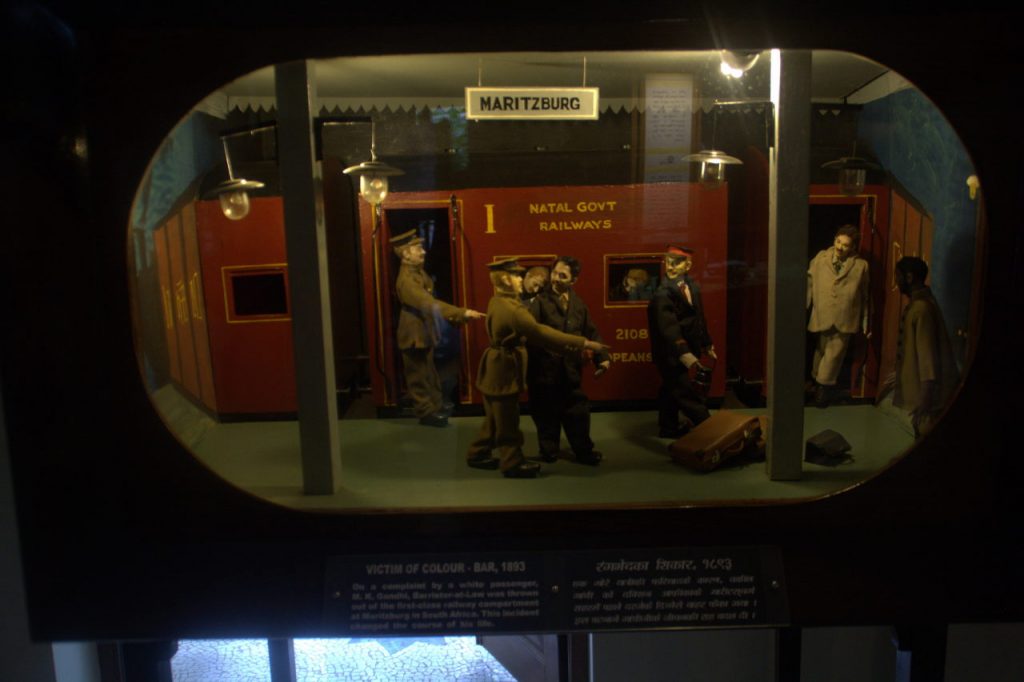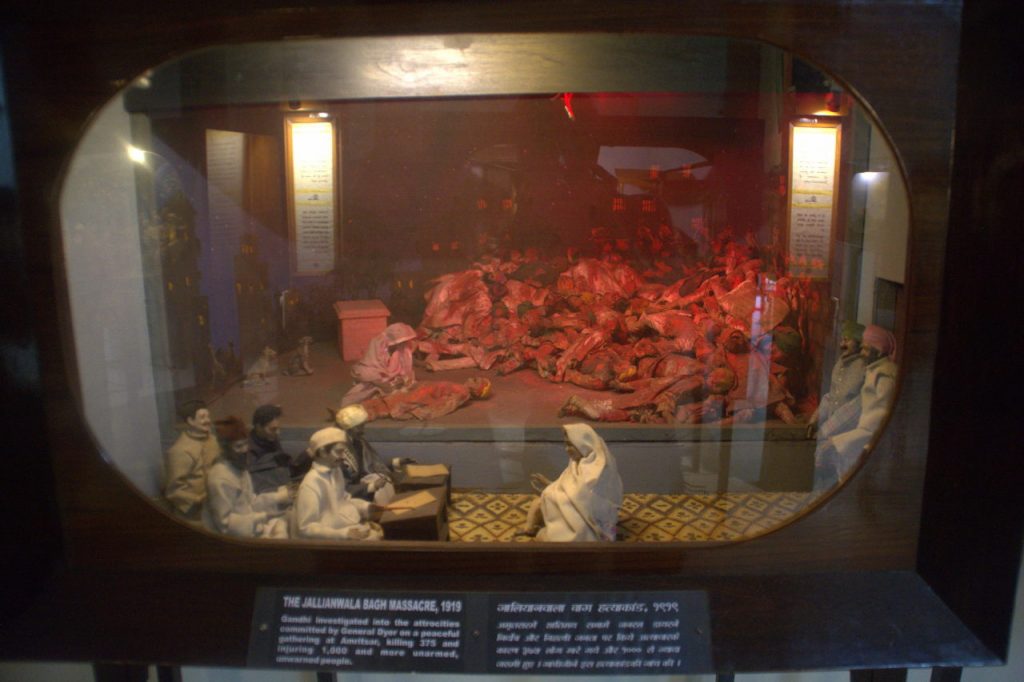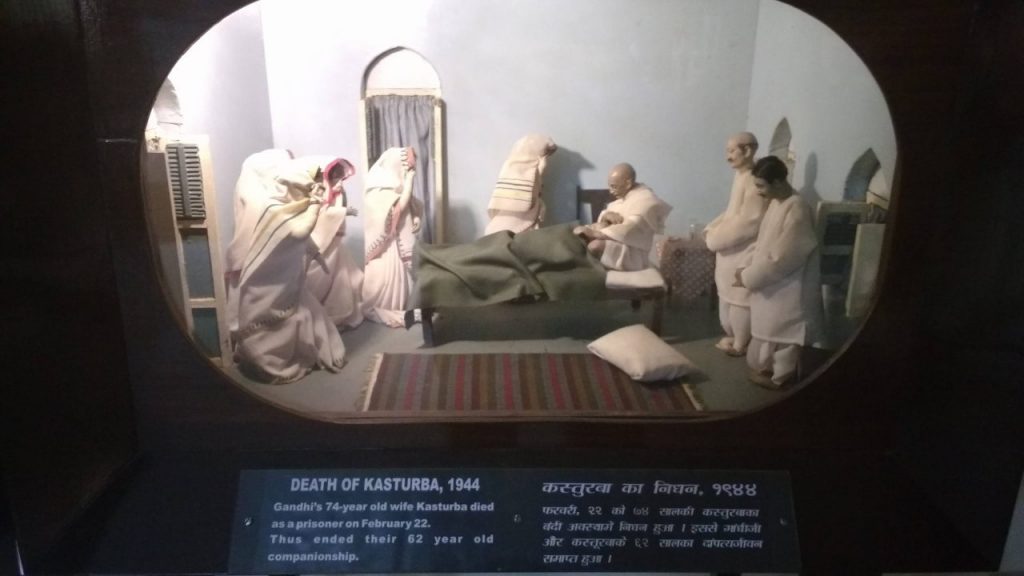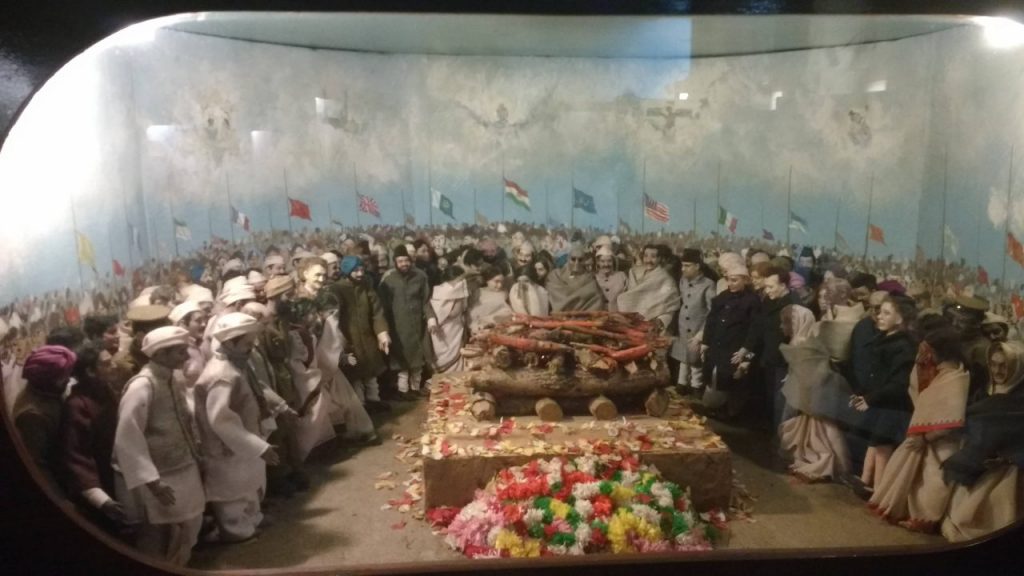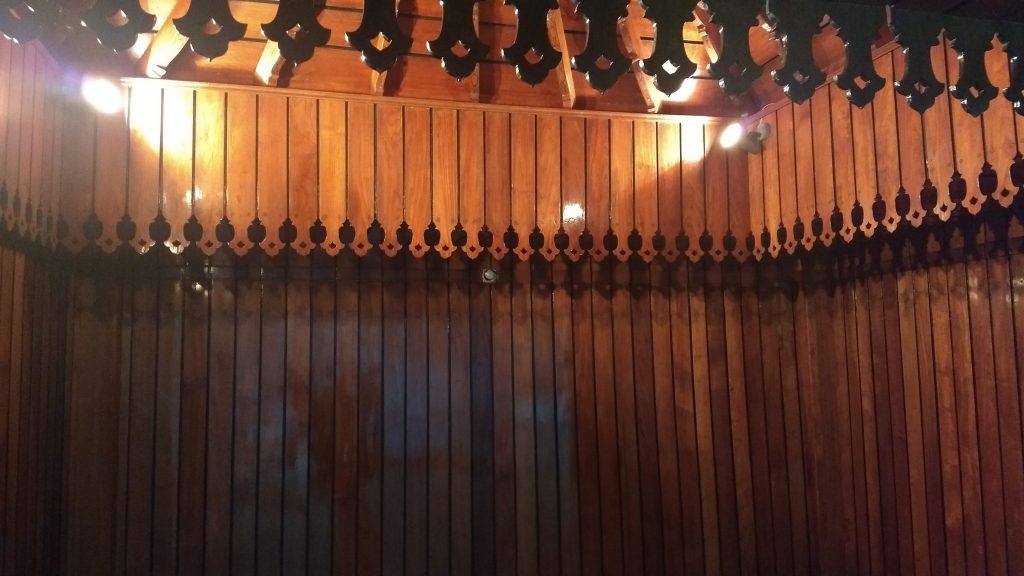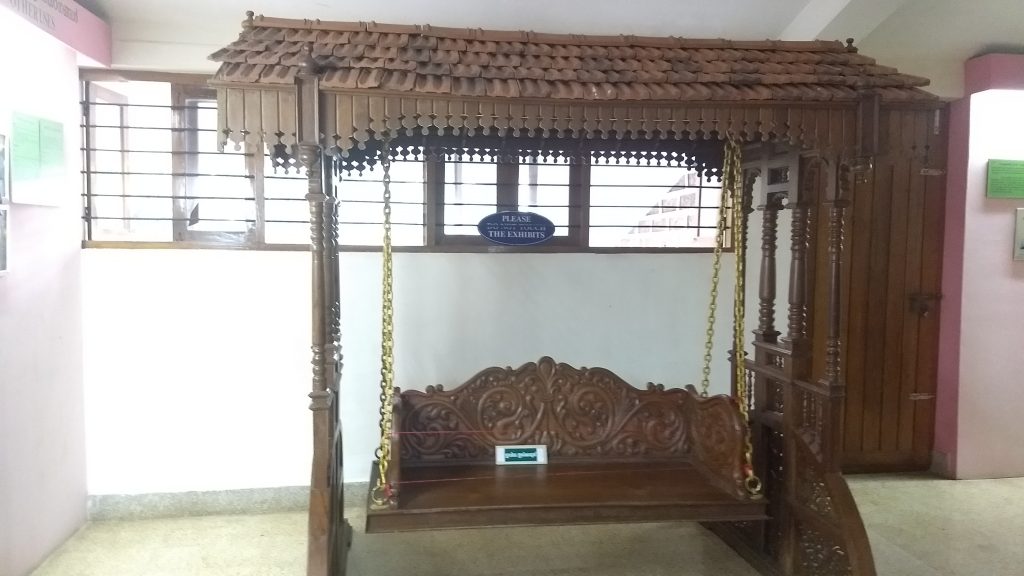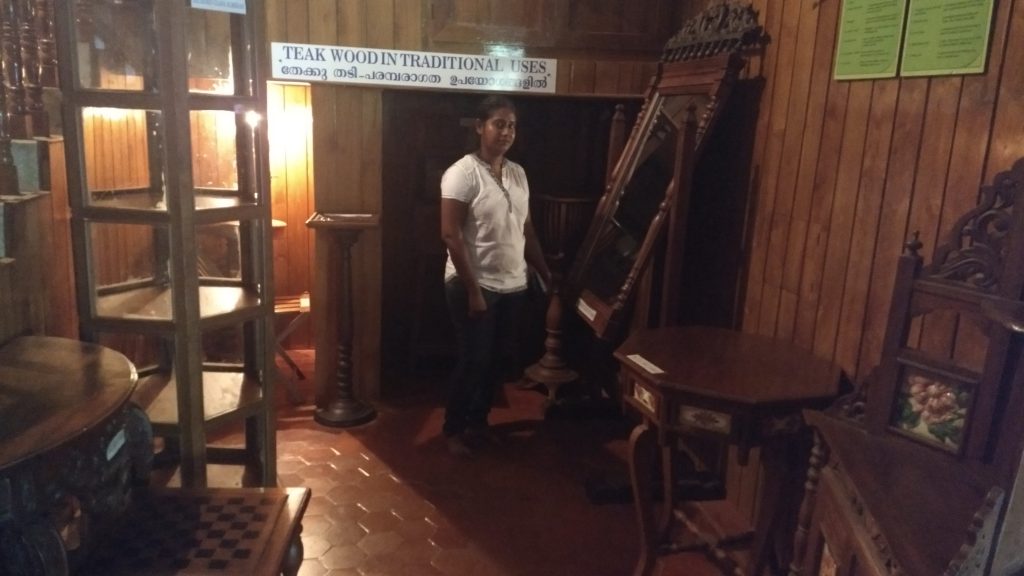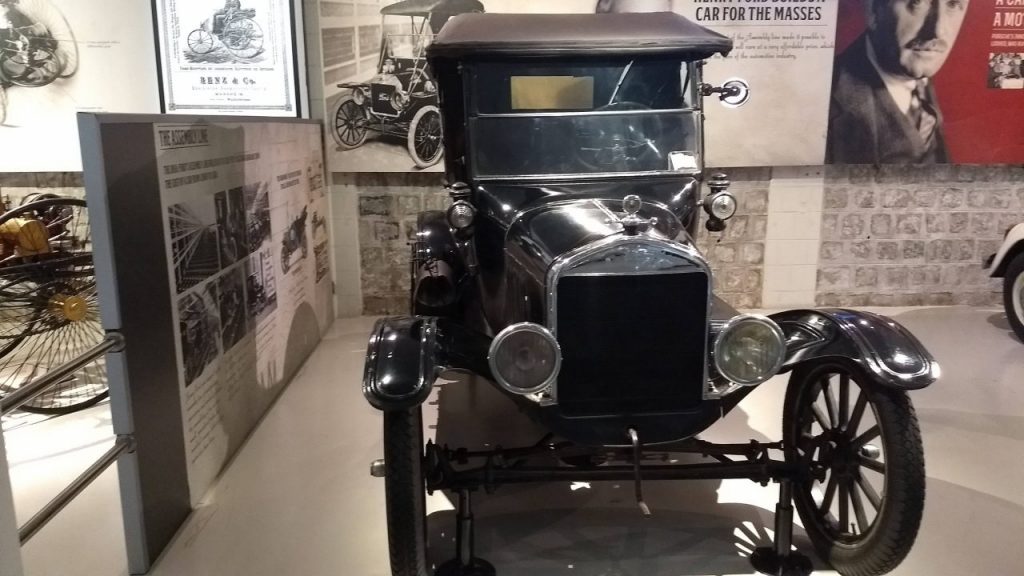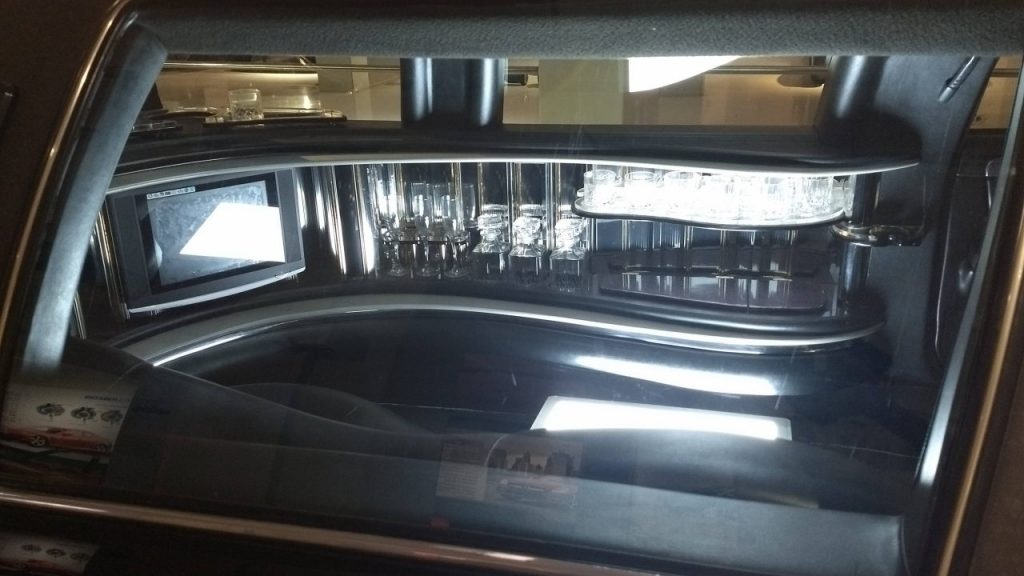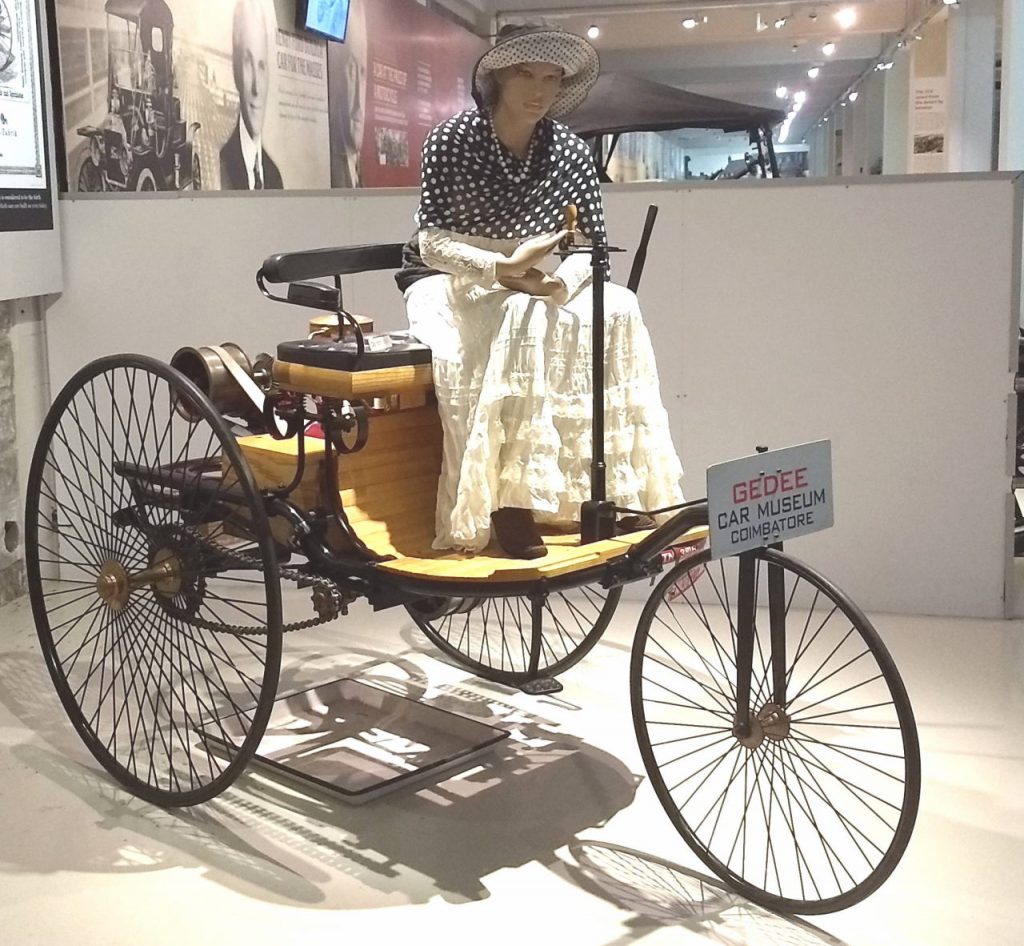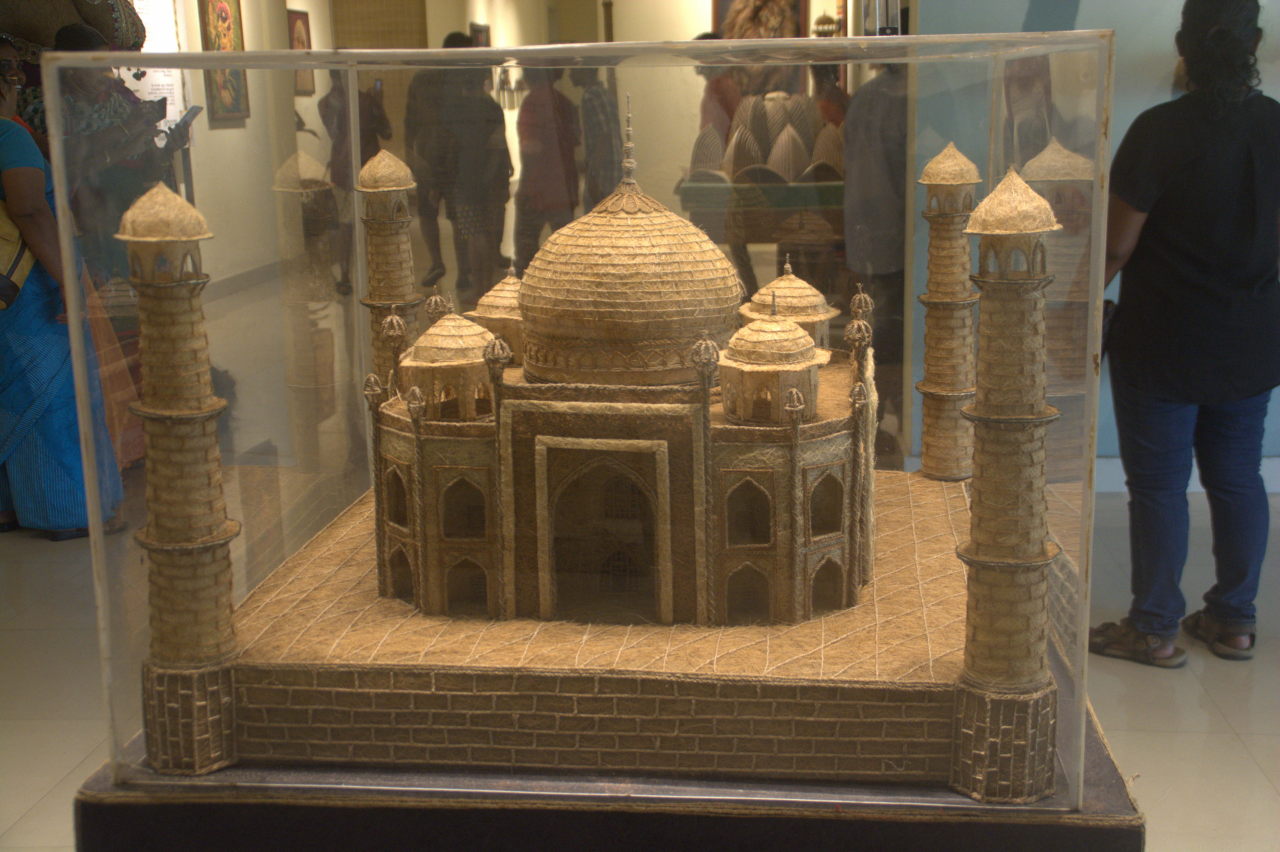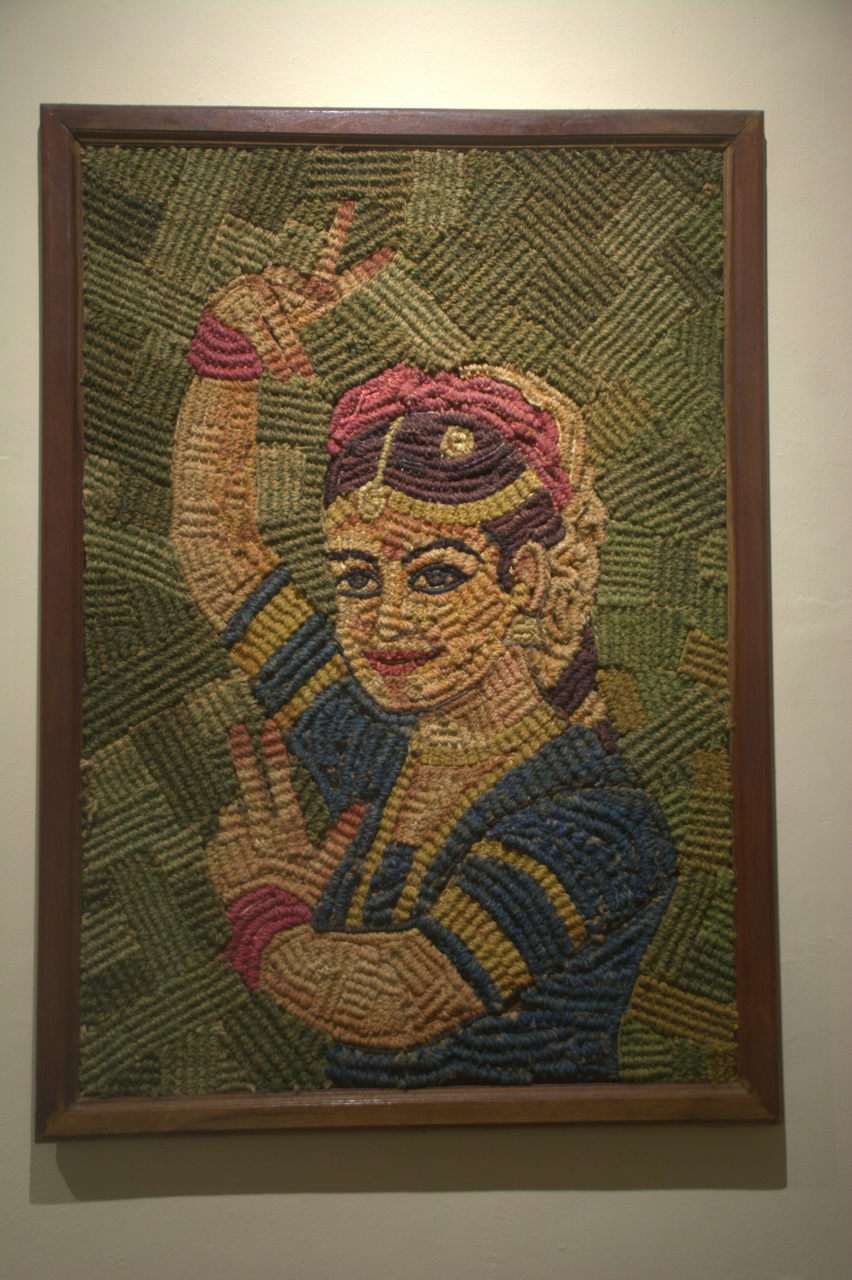India is a country steeped in culture and heritage. It is no wonder that you find museums of all sizes strewn around the country. Some museums come in modest sizes, like Dr Abdul Kalam’s house at Rameshwaram and Lokmanya Tilak’s birthplace at Ratnagiri. But some others are humungous, with multiple buildings and wings. Examples are Salarjung museum in Hyderabad, National Museum in New Delhi, Indian Museum in Kolkata, Chhatrapati Shivaji Vastu Sangrahalaya in Mumbai, Baroda Museum at Vadodara, St Andrew’s Archaeological Site Museum in Old Goa and the biggest of them all, the Government Museum in Chennai.
Regardless of the size, one thing about them is common. All of them engage us through a single activity. Things of value are collected from around India and showcased in glass cases or pedestals. These valuable articles are collected either from archaeological sites or from affluent donors or committees who are avid collectors. A day at a typical museum is spent walking between aisles, studying the exhibits and reading the caption or the story attached to the exhibits. These museums are wonderful and each represents a slice of India’s culture. And yet…. !
There are some museums that are an exception. Something about them is extra special. They differentiate themselves from the hundreds of regular museums. In this post, we see 10 such museums around India.
This blog post as a video
You can watch this entire blog post as a video on YouTube. Here is the video.
1. Siddhagiri Museum on Ancient and Rural India, Kolhapur, Maharashtra
Siddhagiri is a religious and cultural centre about 15 kilometres from Kolhapur city in southern Maharashtra. The centrepiece of the complex is an ancient Shiva temple. Attached to the temple is an Ashram known as Kaneri Math. The complex also has a Yatri Niwas for devotees to stay overnight. Lunch and dinner are served as prasad.
- Do those sweets look tempting? Sorry, they are just models in clay!
- A scene where villagers pull a chariot through the roads of a village.
- A scene where two women dance in celebration
- A forest Gurukul scene
For team India 360, the star of the show at Siddhagiri complex is a museum showcasing life in ancient India and that of rural India. What is so different about this museum? This museum has three phases: one showing the history of India during the medieval era, the second phase showing typical life in rural India and phase three showing celebrations and festivals in India. Figures made of clay and plaster-of-paris have been made to scale at the size of actual humans. The expressions on the faces, the creases on the clothes and the creases on the skin are carved so realistically. The figures show every religion, every rural profession and every type of rural house and workshop in a typical village in India. The effect is so mesmerising that you will forget that you are in a museum. In fact, when you see real people walking around the museum, you get the creeps, mistakenly thinking that the figures are walking. Such is the skill of the craftsmen who made the mannequins and the surrounding props. If you are in Kolhapur, DO NOT MISS the Siddhagiri museum on ancient and rural India, also called the Gram Jeevan museum.
2. Visvesvaraya Industrial and Technology Museum, Bengaluru, Karnataka
The world’s best engineers have a motto, “Don’t just study about it, go try it and see for yourself.” The aptest place to live this motto is the unique museum at India’s engineering capital, Bengaluru. Situated at the heart of the city near the Cubbon park, the Visvesvaraya museum, named after India’s most celebrated civil projects engineer Mokshagunda Visvesvaraya, the science museum is six storeys high and full of exhibits on scientific topics like mechanics, energy, outer space, electricity and so on. What is so unique here? All the exhibits are interactive. One hundred percent. At every exhibit, there are knobs and buttons that you can pull or press to see the scientific concept being executed as a demo.
- Kiosks explaining mechanics at Visvesvaraya science museum, Bengaluru. All the exhibits are interactive. You can press buttons to activate the exhibits.
- A blown-up model of a zipper, showing how zippers work, at Visvesvaraya science museum, Bengaluru.
- A liquid with vortex effect at Visvesvaraya science museum, Bengaluru. You can flip a button to study the effects of fluid dynamics on various liquids.
Want to learn how pulleys work? Sure. Press the button under the pulley exhibit in the mechanics section of the museum and see for yourself. No need to satisfy yourself with reading paragraphs of text. You can see for yourself how things work. Fluid dynamics? Sure, there is this experiment with beautifully coloured fluids swirling around in a jar. They help you see which liquids mix and which don’t. Which liquids are free-flowing and which ones are viscous. Use a parabolic antenna to whisper love notes to your spouse who stands with his/her ear to the focus of a similar parabolic antenna some distance away. Was that fun? Sure. It was just a way to teach you how a parabola focuses all its energy into a single point. Your romantic whispers were heard only by your significant other, not by anyone else in the crowded room!
3. Science Park, Kozhikode, Kerala
- A water mill operated by a running person
- A drum that generates electriciy in proportion to the participant’s speed.
- Using leverage to lift a Maruti 800 with the non-dominant hand.
While Visvesvaraya museum confines its unique way of teaching within the concrete limits of a building, Kozhikode’s Science Park, that proudly calls itself a ‘Park’, has broken the limits of a concrete structure and spread out its experiments into an outdoor park. Sure, there is a concrete building with interactive experiments similar to Bengaluru, but that is not why this museum makes it to our list. Rather, it is due to the larger-than life machines in the outdoor park. There is a water mill that is powered by your running. There is a light bulb that lights up brighter, the faster you run inside a rotating drum. There is a set of ropes with a varying number of pulleys attached. You can see how different arrangements of pulleys make it easy to lift weights with different levels of ease. Feel like lifting a Maruti 800 car with your finger? This is the ultimate experiment at Science Park. Showing the power of leverage, a decommissioned Maruti 800 is attached at one end of a rope fixed to a rod. At various points on the rod are handholds that you can use to tug. The farthest handholds make it quite easy to lift the car using just the fingers of your non-dominant hand, proving that the size of the lever can drastically reduce the effort you require to move an object. As Archimedes rightly said, “Give me the right-sized lever and I shall move the earth.”
4. Hasta Shilpa Heritage Village, Manipal, Udupi, Karnataka
One can showcase articles like coins, stamps, jewellery, pottery or statues in glass cases and pedestals inside buildings. But what if buildings themselves are exhibits?? A museum dedicated to several types of buildings can be visited near Udupi in the township of Manipal (famous for its TAPMI institute for MBA) in Karnataka. The Hasta Shilpa Heritage Village came to fruition with the extra-ordinary vision of one man, the late Vijaynath Shenoy, a bank employee at Udupi. Mr Shenoy would visit various places all over Karnataka and make note of the different types of buildings used by different cultures. If he found that a building was given up by the local community and no longer maintained, he would buy that building, have it dismantled and sent to his museum. His team then worked untiringly to mark the structures systematically before dismantling them, shipping them carefully and then re-assembling them at the museum with the guidance of the markings.
The exhibits now show several types of houses such as a castle belonging to the Kukunoors, one belonging the the monarchy of Mudhol, a catholic house belonging to the Konkanis of Mangaluru and several structures from different cultures in Karnataka. The place also has several temples that have been shifted after the locals could no longer maintain them.
- A Kukunoor house showcased at Hasta Shilpa Heritage Village, Manipal
- Inside a Nawabi palace at Hasta Shilpa Heritage Village, Manipal
In the museum, a guide takes you on a tour around and inside the buildings, explaining the era in which they were used and the significance of the elements in the building. On reaching a building, the guide first switches on ambient music that is appropriate to the place. Another machine is switched on to dispense a fragrance that is typical to that place. E.g. a Muslim structure has a Hindustani style Aalap playing in the background with the fragrance of rose water and attar hitting your nose. The catholic house plays jazz music and smells of wood. The tour takes an hour to complete and you will have learnt plenty about how the people of Karnataka live in their native regions.
A similar good attempt to showcase the houses around south India can be seen at Dakshin Chitra in Chennai, but the level of engagement at the Hasta Shilpa is much better.
5. Rock Garden, Chandigarh
Rock Garden is an institution that defies classification. Is it a garden, a park, a gallery, a museum or a playground? Well, it is all of them. Rock Garden was never made with a particular utility in mind. But all places inside Rock Garden share a common theme. Everything is made of waste. The structures are made from waste jute sacks, waste ceramics, waste pottery and so on. To turn the city’s waste into a beautiful masterpiece was the vision of one man, Mr Nek Chand Saini, a public works department employee at the Chandigarh municipal corporation. The garden was started illegally when Nek Chand picked a spot near the city’s catchment area, Sukhna lake, to build a dream park of his own without approval from authorities. The authorities did find out and they wanted to dismantle the garden. But with intervention from the public of Chandigarh, the garden was saved. Nek Chand was made the chief engineer of the garden with a salary, thus turning his fantasy into a steady paying dream job.
- A python emerging from its lair. The python is made of rag cloth and waste glass pieces.
- A community well scene
- The scene where a bride is ferried on a palanquin
While we won’t consider the whole of Rock Garden a museum, there is one structure that showcases village life in north India. The exhibits here are made of waste rag cloth of different colours. The rags are stitched together to make figures of humans, animals and props. The whole of Rock Garden is amusing, but the rag cloth museum is seriously adorable.
6. International Doll Museum, Chandigarh
- Doll representing the Japanese at the doll museum, Chandigarh.
- Doll representing dresses from different regions in India at the doll museum, Chandigarh.
- Dolls representing different tribes from India at the doll museum, Chandigarh.
The neatly organised city of Chandigarh features in our list for a second time today. This time, we take you to a small museum set up inside the campus of a school in the city’s sector 23B. The museum has a staggering collection of dolls and toys from all over the world. Of particular interest are the dolls showing brides and grooms from all over India, dolls representing different countries in the world, a featured train set and a set of dolls that show stories from fairy tales and Indian mythologies.
7. Mani Bhavan, Mumbai, Maharashtra
Now we take the spotlight to India 360’s home city, the financial capital, the city of dreams and the city with Bollywood… Mumbai. Not very well-known, Mani Bhavan is just one street away from the city’s most iconic sea-side promenade, the Marine Drive. It is a museum that showcases the life of Gandhiji. Why is the museum at Mani Bhavan? While practising as a barrister after returning from South Africa, Gandhiji lived for several years in what was then called Bombay. Here, he met influential people like Lokmanya Tilak and Gopal Krishna Gokhale. Both of them were role models on the way to Gandhiji’s struggle for rights and freedom for Indians. Mani Bhavan is the building in which Gandhiji lived while in Bombay.
- A miniature showing Gandhiji thrown out of the train’s first class compartment in South Africa, because of his colour.
- Jalianwala Bagh massacre.
- The scene showing Kasturba’s death.
- The scene showing Gandhiji’s funeral. The faces of imminent freedom fighters can be seen around the pyre.
Today, the building is a museum showing Gandhiji’s life. The unique thing about this museum is three storeys of stories about Gandhiji’s life. But the stories are NOT written. Instead, the stories have been painstakingly built in the form of small miniatures inside glass cases. Each glass case shows a moment in the life of Gandhiji and a scene from India’s freedom struggle. Scenes such as the bloodiness of the Jallianwalah Bagh shooting, the sorrow of the loss of Kasturba and the sorrow on everyone’s face at the death of Gandhiji himself have been convincingly captured in the figurines.
8. Teak Museum, Nilambur, Kerala
Teak plantations are important to the regions in the western Ghats. Plenty of construction is done with teak wood. So much is teak revered in these regions that people invest their money in teak saplings and earn their returns when the trees grow and the timber sold in the market. This system is called teakquity.
- A chamber made of polished teak slates
- An ornate living room swing made of teak
- An entire collection of teak furniture
Investment aside, the Nilambur Teak Museum is a unique museum that showcases the different types of teak, how teak grows, the lifecycle of teak, what can be made with teak and how it is polished. The three floor building has several exhibits of furniture, gateways, storage boxes, ornament boxes and wood carvings.
9. GeeDee Car Museum, Coimbatore, Tamil Nadu
The GeeDee car museum is named after the famous Indian industrialist, inventor and patent holder G.D.Naidu, a native of the industrial Coimbatore city. In fact, Coimbatore’s success with manufacturing industries was due to the efforts of this man. In fact, the car museum is in the same complex as the GeeDee industrial museum.
The museum’s entrance starts with the adorable story of Bertha Benz, wife of car designer Karl Benz. Benz had made a car but was not confident about launching it in the market. Unbeknownst to him while he was at work, his wife took the car on a 60 km ride with their two teenaged sons. Her confidence in her husband’s design made her the first person (man or woman) to take a long car drive, i.e. any ride clocking up more than 10 km in a single stretch.
- A vintage car at GD Naidu car museum, Coimbatore.
- The interior of a stretch limousine has a bar.
- The model of Bertha Benz, wife of Karl Benz, who took this car on a 60 km ride
From there, the museum continues to amaze with its collection of vintage cars such as the 1940s Cadillac and Porsche. There are German, Italian, Czech and Japanese cars. There are even race cars and two-seaters. At the very end of the gallery, you get to see an Ambassador and a Nano, thus underlining India’s own automobile success story.
10. Coir Museum, Alappuzha, Kerala
God’s own country features for the third time in our list of 10 unique museums! This time, the city with backwaters and houseboats, Alappuzha or Aleppey, makes it to our list. Why? Alappuzha houses the office of the Coir Board of India, a government established authority that looks out for the welfare of the coir industry.
Coir is a material made of the fibre from a coconut shell. Kerala’s love story with coconuts does not stop at just the oil, kernel and sweets. The fibre on the shell is used to make several types of merchandise such as carpets, mats and wall decors. The coir board has gone a step further and are promoting unique uses for coir. You get to see tightly woven coir that is used to make durable material such as coir bricks and coir ply. They are so robust that they can be used to build houses.
- Traditional looms used to make coir fibre. These are now replaced by electrical looms.
- Taj Mahal model made of matted coir.
- A dancer portrait made of multi-coloured coir fibre
The coir museum showcases all such use cases and in addition exhibits extremely artistic decorative art pieces made of coir, such as the Taj Mahal, a portrait of Gandhiji and the mane of a lion. If you plan a visit to Aleppey, also remember this post and pay this unique museum a visit. You’ll be amazed.
Conclusion
India has hundreds of museums, but the 10 above have broken the stereotype of what we picture when we imagine a museum, i.e. staring for hours at ancient exhibits inside glass cases. Remember, these are just the ones we saw during our trip India 360. Who knows, there might be many more such hidden gems in the regions we are yet to visit.


